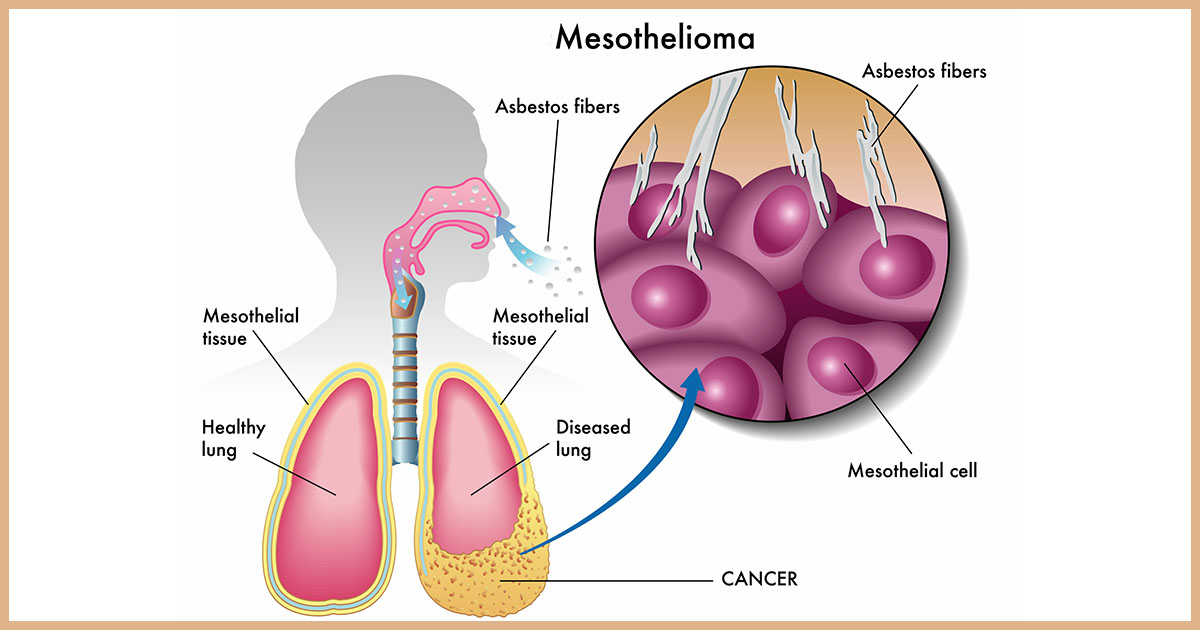Rare Forms Of Cancer To Be Aware Of
Cancer has directly or indirectly affected us all; whether we are cancer survivors, are undergoing treatment at this moment, know a loved one who has suffered from cancer, or know someone who has lost the battle against it. We all know the major types of cancers and their ribbon colors: pink for breast, white for lung, and blue for colon, as organizations and advocates strive to always make the public aware of these types and many others. But what about rare forms of cancers you may not be aware of or that barely get any attention? Considering our bodies are made up entirely of cells and tissues, an individual can develop cancer anywhere on the body.
The Silent Killer: Mesothelioma

Mesothelioma is a rare, aggressive form of cancer that develops from the thin layer of tissues covering many of the internal organs. The most common area for this cancer to affect is the lining of the lungs, chest wall, and sometimes the abdomen. It rarely affects the sac surrounding the heart known as the pericardium, and the sac surrounding the testis known as the tunica vaginalis. Typical symptoms a patient may experience include shortness of breath due to fluids surrounding the lungs, a swollen abdomen, fatigue, noticeable weight loss, and pain within the chest wall. These symptoms often develop slowly over time.
The main cause of Mesothelioma is exposure to asbestos, with more than eighty percent of known cases being caused by this. It can take an individual who worked with or was exposed to asbestos approximately forty years to develop the disease. Other risk factors for this deadly form of cancer include genetics and infection with the simian virus 40 (a DNA virus). Research indicates by 2015, 60,800 individuals had been diagnosed and 32,000 have died from the condition. Rates vary around the globe, as there are higher rates in Australia and the United Kingdom, with lower rates in Japan. It occurs in approximately 3,000 Americans every year, and it affects more males than females.
Diagnosis And Treatments For Mesothelioma

Diagnosis typically occurs for patients after the age of sixty-five, with only a life expectancy of five years or less, as most deaths occur at approximately seventy years of age. On average, only eight percent of Americans will survive past five years following the diagnosis. A diagnosis often occurs with a chest X-ray and CT scan and is either confirmed by examining fluid produced by this cancer or by a tissue biopsy of this cancer.
Prevention of this illness focuses on reducing the exposure to asbestos for those who already have the disease and for those who are prone to developing it. Treatment often includes the traditional methods for treating cancer, such as chemotherapy, radiation therapy, and surgery to remove infected tissue. A procedure known as pleurodesis, which involves using specific substances such as talc to fuse together the pleura (the sac surrounding the lung) to prevent the buildup of fluid around the lungs, can also be used. Chemotherapy can also include cancer destroying medications, such as cisplatin and pemetrexed.
